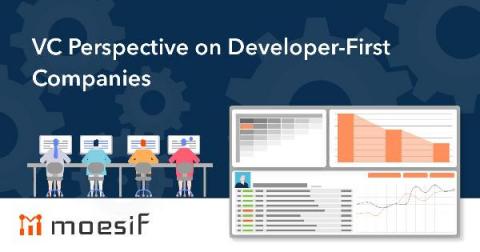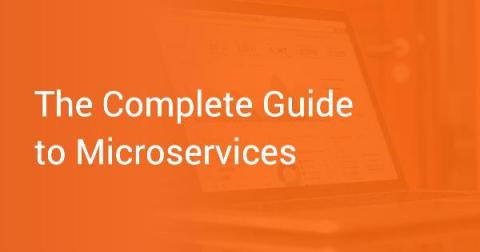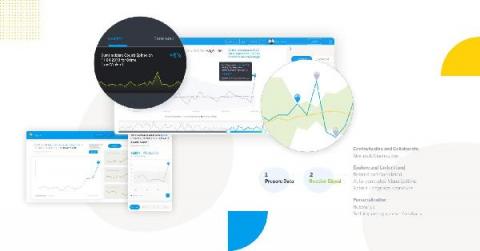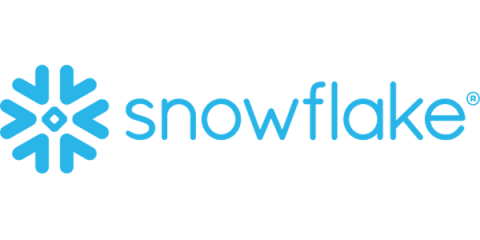VC Perspective on Developer-First Companies
Ep. 8: Tyler Jewell, Managing Director at Dell Technologies Capital Joining us is Tyler Jewell, a Managing Director at Dell Technologies Capital. Before that he was the CEO of API Management platform company WS02. As an investor he’s placed almost $150M in DevOps companies and is a self-confessed geek in dev tools, devops, infrastructure and dev platforms.











